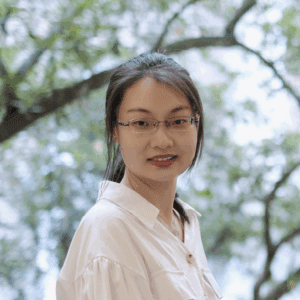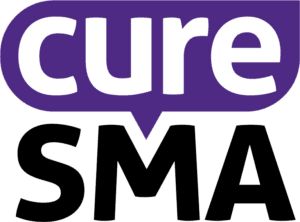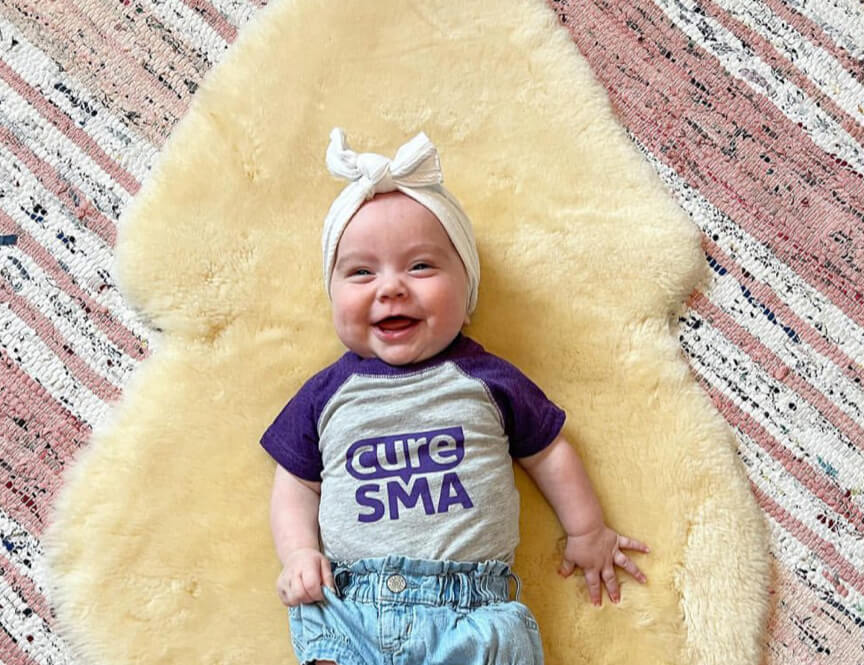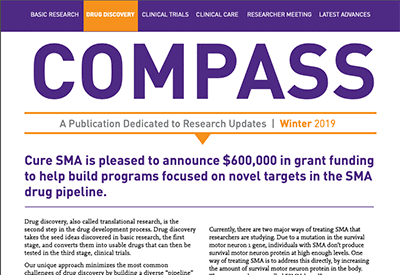Each year, Cure SMA invites scientists from around the world to submit funding proposals for basic research projects that address specific unanswered questions in SMA biology. Our Scientific Advisory Board then ranks the submitted proposals on both their scientific merit and relevance to Cure SMA’s research priorities. Funding is awarded to the highest ranked projects.
In 2024, Cure SMA awarded a total of $740,000 to six scientists to pursue these objectives!
Tianyuan Shi, PhD, has been awarded $50,000 for her research study, “Unraveling the molecular mechanisms underlying the therapeutic potential of DLC1-i1 in spinal muscular atrophy.”
Meet Dr. Shi
Dr. Shi is a postdoctoral fellow in the lab of Professor Martin Cheung at the University of Hong Kong. She became involved in SMA research during graduate school when she developed a cellular model of SMA, using patient-derived induced pluripotent stem cells (iPSCs) to create 3-dimensional neuromuscular organoids.
Since then, Dr. Shi has discovered that a protein known as DLC1 isoform 1 (DLC1-i1) is required for motor neuron development and survival. She has also found that the greater the amount of DLC1-i1 in SMA mice, the less severe the disease. Other research has shown that DLC1-i1 increases the expression of full length SMN protein produced from the SMN2 gene.
In her Cure SMA-funded project, Dr. Shi aims to characterize the molecular mechanism by which DLC1-i1 increases the amount of SMN protein in cells, which lessens disease severity. She also plans to determine whether DLC1-i1 increases the effectiveness of existing SMN-enhancing therapies in neuromuscular organoids and SMA mice.
The results from this study could inform the development of future combination therapies aimed at maximizing treatment outcomes for people with SMA.

Cure SMA’s top basic research priorities currently include:
- Learning more about how the survival motor neuron protein (SMN), which is expressed at low levels in SMA, is expressed and functions.
- Understanding the ways the SMN protein affects motor neurons and other cells in the body.
- Developing new treatments and advancing existing drug research, focusing on add-on therapies which work independently of SMN.
- Finding new research tools that can be used to learn more about disease progression and treatment response in SMA.
Thank You!
Special thanks to the Concepcion Family, Nunemaker Family, Weisman Family, Luke 18:1 Foundation, and Dhont Foundation for their generosity to Cure SMA in our quest to invest in basic research that will ultimately drive the next generation of SMA treatments.


